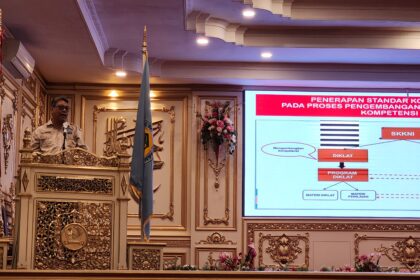[ad_1]
While they are being touted by the Philippines military, as being essential for humanitarian assistance and disaster response operations in the Covid era, we all know what Blackhawk helicopters can do, especially if they are fitted with weapons.
And it’s no secret, that the country is fighting an Islamic insurgency on Mindanao, where fighting continues to this day.
Meanwhile, five more Polish-made Blackhawk utility helicopters have arrived in the Philippines as part of the military’s modernization program, the Manila Times reported.
Lt. Col. Maynard Mariano, Philippine Air Force spokesman, announced on Tuesday that the S-60i Blackhawk helicopters arrived on Monday, June 7, at Clark Air Base, Pampanga aboard a Russian Antonov transport plane.
“With the latest delivery, the PAF now has 11 Blackhawk utility helicopters,†Mariano said in a statement to reporters.
The third batch composed of five more Blackhawk helicopters are slated for delivery before the end of this year, he added. The first batch, with six helicopters, was delivered late last year, the report said.
Mariano described the Blackhawks as the “best in its class of multi-mission utility helicopters and can be applied, with suitable equipment, to meet a variety of missions.â€
“The recent arrival of the five Blackhawks will further boost the heli-lift capability of the Armed Forces of the Philippines and will help the government deliver more services in more areas in less time,†Mariano said.
The Blackhawks were part of the 16-unit aircraft acquired by the PAF from Polish company Polskie Zaklady Lotnicze which were manufactured by Sikorsky USA.
In addition to approving the acquisition of 15 Black Hawk helicopters, President Rodrigo Duterte, also ordered all Huey helicopters’ decommissioning following fatal crashes, including the crash in Bukidnon last month, which killed seven.
Defense Secretary Delfin Lorenzana earlier ordered the grounding of all UH-1H “Huey†helicopters of the PAF.
The acquisition project, which was part of the second “Horizon†modernization program, has a total contract price of U$241,461 and was sealed through a government to government (G2G) transaction in 2019, the report said.
The first six units of the Blackhawks were delivered in November 2020 and were used to transport vaccines and personal protective equipment (PPEs) to the remotest areas of Batanes, Bicol, and other parts of the country.
These can also be used in combat mission, humanitarian assistance and disaster response (HADR) operations, Mariano noted.
“The recent arrival of the five Blackhawks will further boost the heli-lift capability of the Armed Forces of the Philippines and will help the government deliver more services in more areas in less time,†he said.
The arrival of the second batch of Blackhawks from Poland would also make the air force “a better partner in the fight against the pandemic and a reliable ally in nation building,†he said.
“Since their acquisition, our Blackhawk S-70is have greatly boosted the operational readiness of the PAF in both combat and non-combat missions,†National Defense Secretary Delfin Lorenzana said last month.
“Their larger capacity and impressive horsepower allows for a faster and long-range transport,†he said.
The CUH program (Combat Utility Helicopter), was rebooted by the Philippine Air Force (PAF), in 2018 following the Department of National Defense’s (DND’s) decision to terminate a contract to procure 16 Bell 412EPI medium-lift helicopters from Canada through a deal valued at US$232 million.
The inexperienced and naive administration of Prime Minister Justin Trudeau had expressed concern that the Bell helicopters would be used in offensive campaigns against insurgents — duh!!!! — such as the New People’s Army (NPA) Islamist terrorists (ISS), which are both listed as international terrorists.
The halt both angered and puzzled Filipino officials, according to international sources, as both the NPA and ISIS groups had been very active, destroying the entire city of Marawi.
In stepped Sikorsky with an offer the Philippines could not refuse, leaving the Canadians red-faced and Bell helicopter Canada in the lurch.
The defeat also devastated Canadian foreign military contracts, who perceived Trudeau as a weak-kneed politician, who could not be counted on .
The Moro Islamic Liberation Front (MILF) fighters on Mindanao have proven difficult to defeat; nearly one thousand people reportedly have died in battle, and the government has claimed several times that the militants were almost eliminated only to find this was untrue.
The casualties stem in part from the Philippine military’s lack of training and the difficultly of fighting on the complex terrain in the south, both in urban and rural areas.
Sources: The Manila Times, Manila Bulletin, Asian Defence, Council on Foreign Relations, Depensa.org, Inquirer.net, Jane’s Defense News
[ad_2]
Source link










